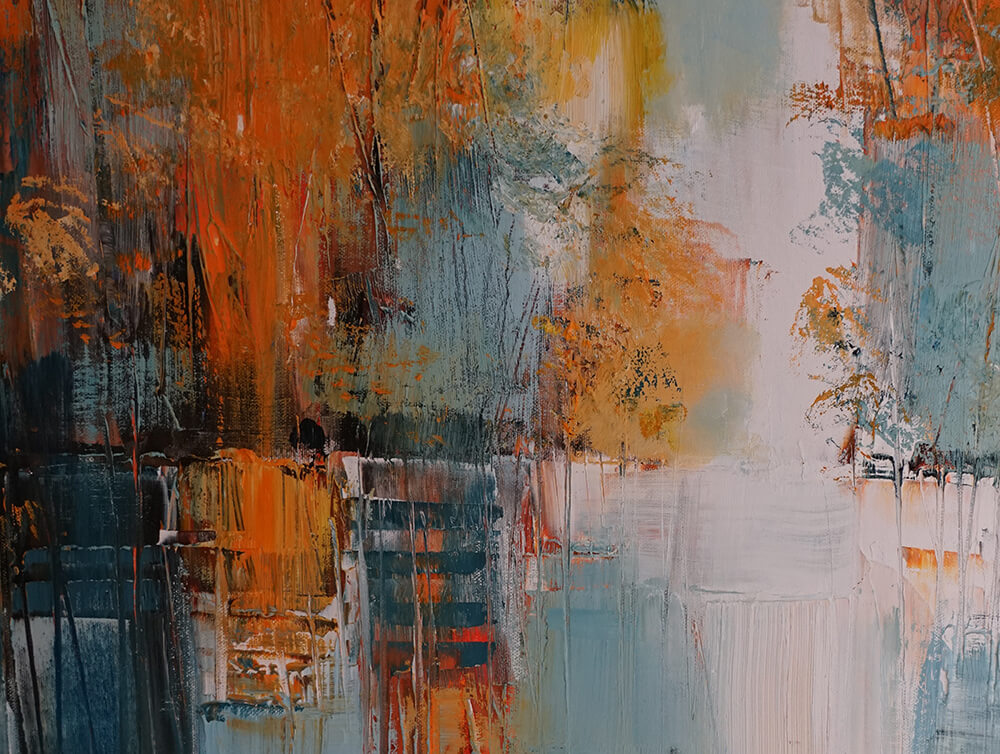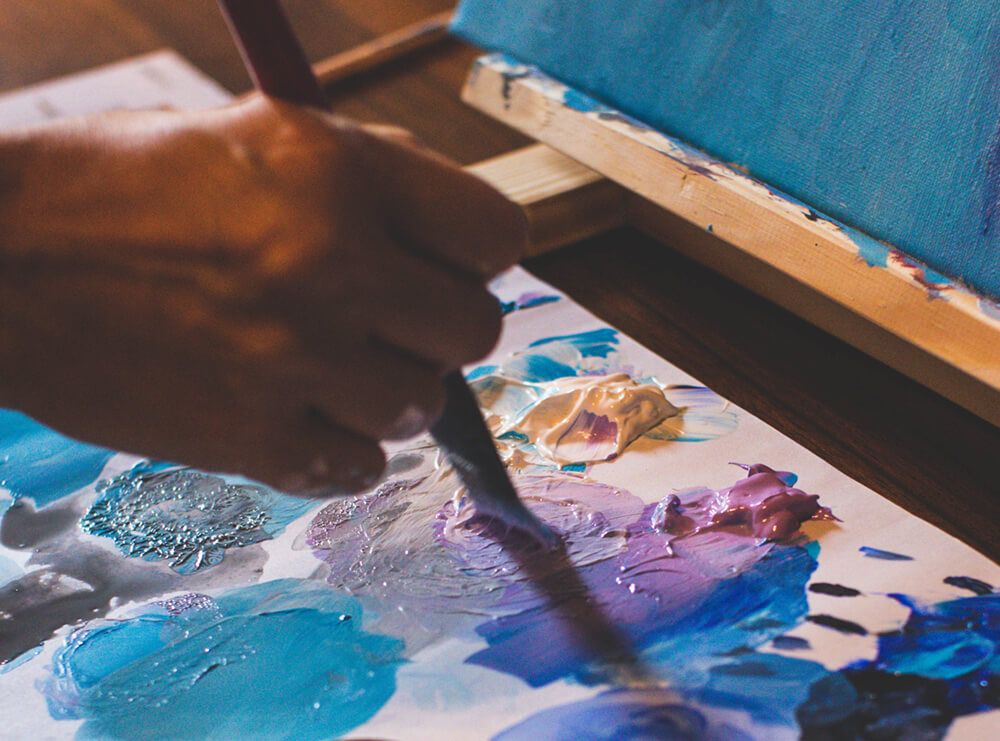Sometimes it only takes a small adjustment or two to improve your paintings. I’m sure I’m not the only artist who has looked back on their work from years ago and thought, “If only I had done this or that differently, the results would have been so much better.”
We shouldn’t be afraid of making these changes. After all, we all make continuous adjustments outside of art without any problems. We adjust our schedules and our budgets. Football teams make adjustments at halftime. Small adjustments in technique for an Olympic athlete can mean the difference between a gold medal and not even qualifying.
I could go on, but I know you get what I’m saying.
Below are nine areas to look at if you think that your paintings might need a tune-up, and not a complete overhaul:
1. Focal point
Are your paintings featuring a focal point? Is it clear where and what the focal point is in your painting? The focal point is where you can really engage the viewer and present the essence of your idea. It can be bold or subtle. Experiment with different ways to create a focal point in your paintings, but make sure it’s there!
2. Planning
What about planning your painting out on paper in advance? Write down what and where the focal point will be, as well as other visual elements like texture, mood, light source, lines, values, color, edges, shapes, and anything else that you feel is important for the piece to succeed.
3. Tools
Life is always better with a plan and the right tools for the job. Got the right brushes? How ’bout paint? Not to mention paper, canvas, lighting, table, easel, etc. Make sure your materials don’t waste your time and let you down.
4. Composition
A good design is the best foundation to build your paintings upon. Great subject matter plus a good design equals a rock solid painting. Great subject matter with poor design will always miss the mark. Break any other rule you want, but the work must have a good composition.
5. Brush strokes
Are you making full use of those brushes? Look at your work and see if you could do a better job showing the world your signature brush strokes. Maybe parts of your paintings could “live” on the surface more. Or maybe not. Think about vertical vs. horizontal brush strokes. Let your viewers get to know you a little bit through your unique brushwork.
6. Values
Are you using a dominant value in your work? A dominant value will give you stronger paintings and a better design. A dominant value can be either dark, medium, or light. Do a few small value sketches before you start your next masterpiece, and block in those dominant values to make sure it works on a small scale before tackling your main canvas.
7. Edges
Adding a greater variety of edges in your paintings can really strengthen your work. Lost and found edges are a great example of good variety. By placing a hard edge in a key area, you indicate to the viewer that this particular edge is important and that they should look at it. By losing, or softening, an edge you will do the opposite. Experiment with different brushes, palette knives, and/or anything else that you find helpful to achieve some variety in your edges.
8. Paint quantity
Using more paint will make your brushstrokes more visible and add great surface texture to your paintings. Don’t be stingy; mix more than you need before you start. There is a certain freedom that comes with not worrying if you are going to run out of paint before you paint that sky, building, or that certain shape that you want to get “just right.”
9. Self-check as you go
Have a mirror handy while you paint, and use it to keep checking your work in reverse as you progress through the painting. Get into this habit; it will help you tweak and correct things as you go, instead of getting all the way to the end and finding a mistake. There are no guarantees, but from my experience this one tip will really cut down on those “oh s**t” moments.
10.
Where’s number 10? The title just says nine small adjustments, so what gives?
Number 10 is for you to fill in for yourself. Paint more, go to workshops, and ask your art teachers or mentors for advice. Soon you’ll be coming up with your own small adjustments, which you can pass on to others.
I know I’ve just scratched the surface with this list, but even so, I hope it helps. . . and now it’s time to go paint!
For more articles by Craig Shillam, please visit www.cashartblog.com.
This post may contain affiliate links.



